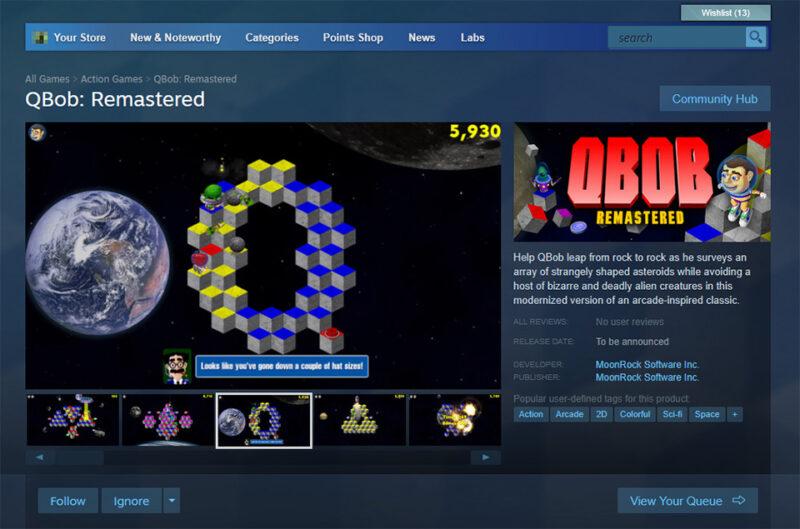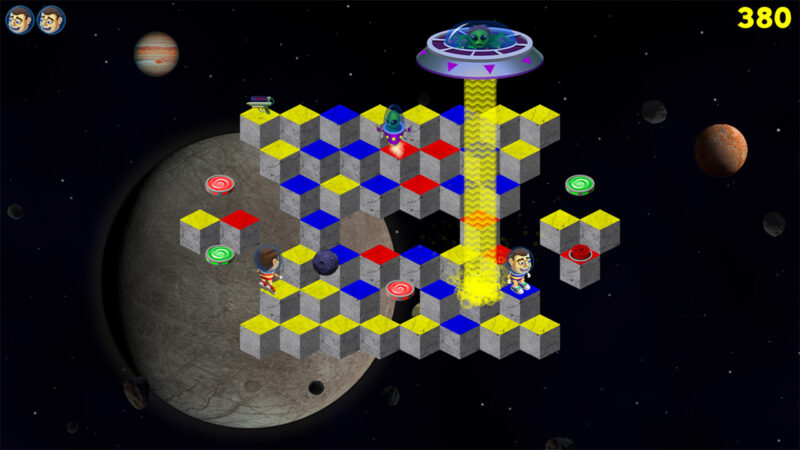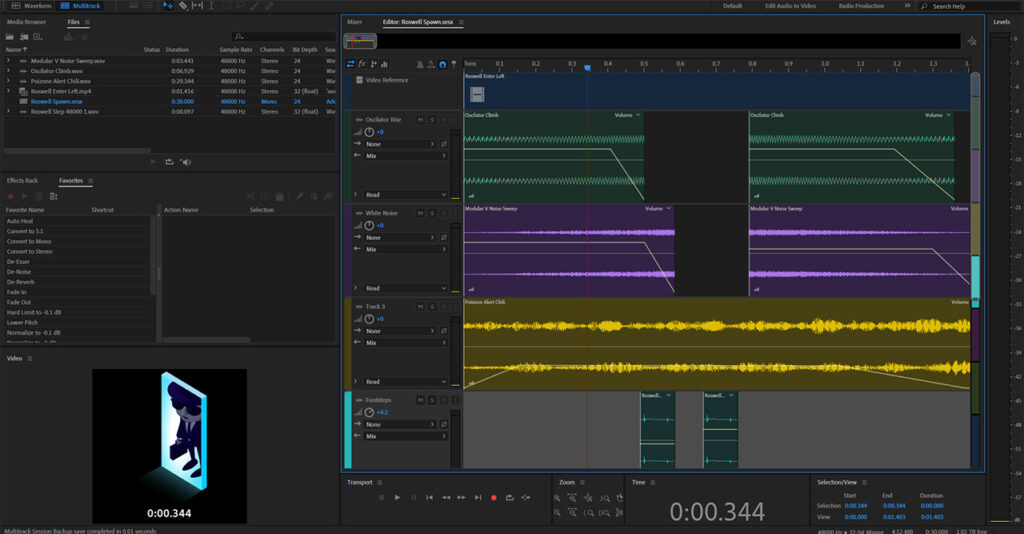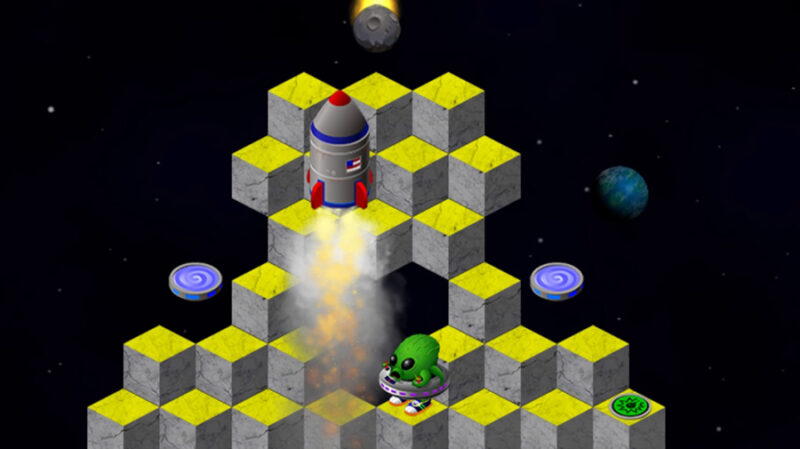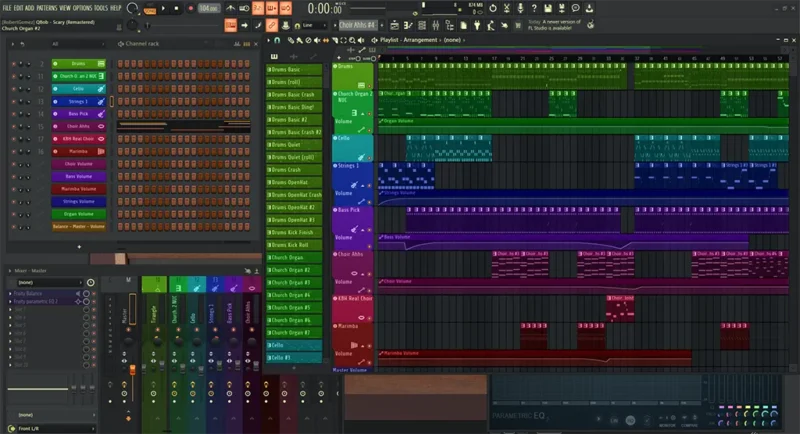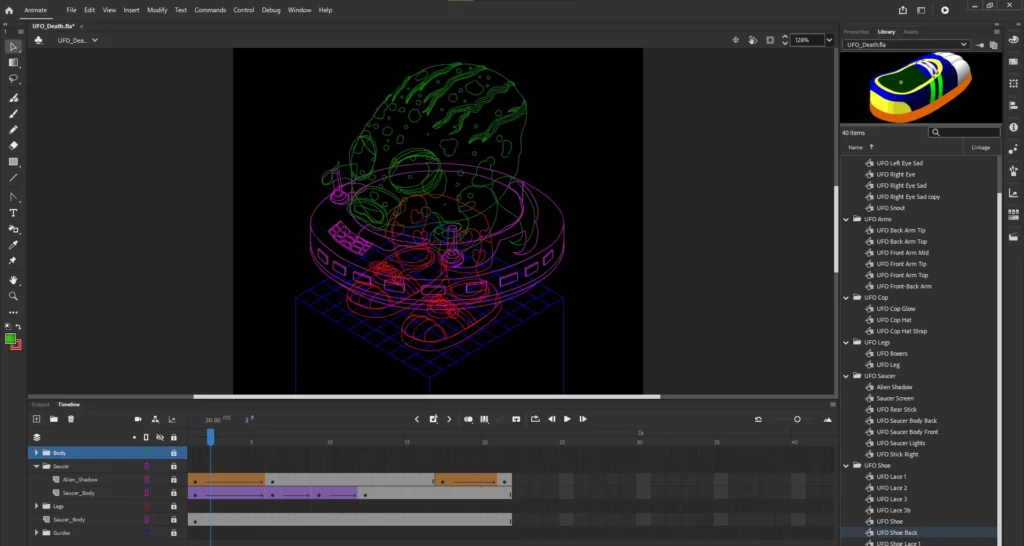QBob Progress Report #6
After having finished the bulk of the game (see the last QBob report), I have been spending the last month or so getting the game ready for distribution on Steam. And, as of today, I can finally announce that the game has its very own live Steam page!
Before I dig into the details, I’d just like to say for the first time (and definitely not the last): please go to the QBob: Remastered Steam page and add it to your Steam wishlist. Wishlists play a big role in getting new games noticed and, even if you never buy the game, adding it to your wishlist will be a great help.
As of this writing, it’s very much a work in progress. But you can’t imagine the amount of effort it took to just get this far. I couldn’t have done it without Craig, who helped with gobs of corporate paperwork. The other bit that took a bunch of effort was generating the dozen or so new art assets for every possible store location the game banner can appear in.
One of the biggest new features that I have added to the game are achievements. There are twenty-two total and they range from super easy (RTFM, flip through the entire manual) to well-nigh impossible (1cc the game on hard difficulty). Each achievement has a custom icon and they have been successfully linked to the Steamworks API.

There is also an in-game fallback if the build of the game isn’t linked to steam. You can’t believe how excited I was when I saw that little floater pop up in the lower right corner for the first time.

I also did a full gamepad support pass to allow the entire game, from menus to high score entry, to be accessible without the help of a keyboard or mouse. Now, I fully admit that playing the game with a gamepad is not ideal, but Steam really pushes gamepad support, especially for making titles compatible with Steamdeck.
There are still a couple of items to complete. I’d like to get cloud saves enabled, which, in theory, is just a matter of mirroring the GameMaker local storage folder to Steam. I also need to make a short game trailer video which is going to require me capturing a bunch of gameplay footage and editing something together. Then there’s the soundtrack and game manual PDF. Back to the grind.

